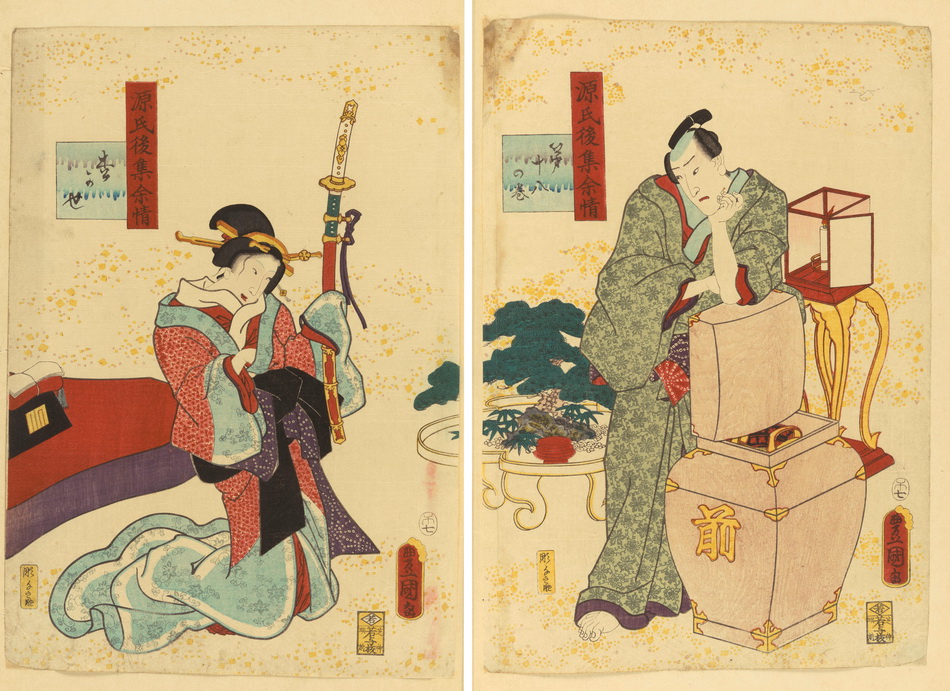图片文件尺寸 : 4614 x 4383px
Helen Bradley:
Uncle Tom\'s Funeral Procession
signed \'HELEN BRADLEY\' and with fly insignia (lower right); further signed, inscribed and dated \'\"Theyre off\" called John Sam\'els wife Florrie, who was/standing on a chair peeping through the Blind, but Martha/Higgingbottom who was also peeping was away counting/the neighbours who were following the Hearse. \"We cant/feed all that lot\" said aunt Mary, who was away/stealing the ham. Mother wasnt thinking about the food/but great uncle Toms sideboard. \"I wonder who he\'s left it/too\" she said, but aunt Annie (who was only an aunt by/marriage) said, \"Jane, youve enough furniture, I could do/ with that sideboard\". Just then Sarah\'s voice came from/upstairs, \"Everybody\'s making for the front gardens and/I can hear a bull bellowing\", So mother, aunt Mary,/and aunt Frances rushed upstairs to see what was happening/sure enough, Joe Wroe the Butcher was so busy watching/great uncle Toms funeral that he forgot to fasten his bulls in,/so out they came and away they ran. Two were soon caught but/one ran down into Lees, and the thought of it deterred several people/ who were coming to the house for the funeral tea which made it/easier for mother and the aunts. Alas we didnt get the sideboard/and the year was 1909./Helen Layfield Bradley 1973.\' (on a label attached to the backboard)
oil on canvas laid on board
60.3 x 151.5 cm. (23 3/4 x 59 5/8 in.)
海伦·布拉德利 汤姆叔叔的葬礼流程60.3 x 151.5 cm。







